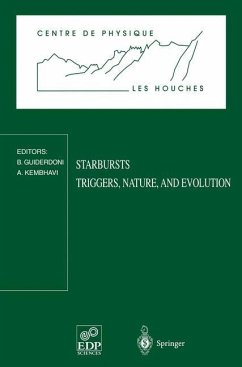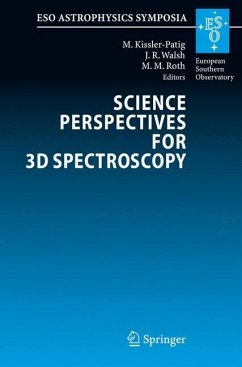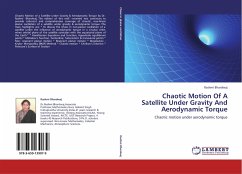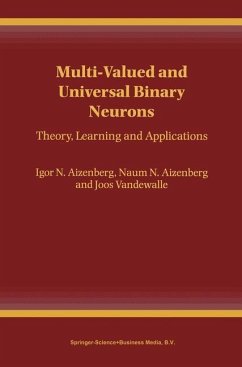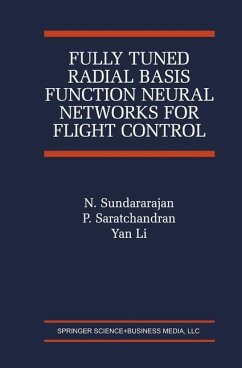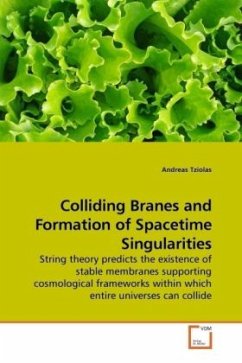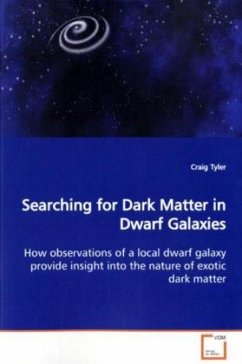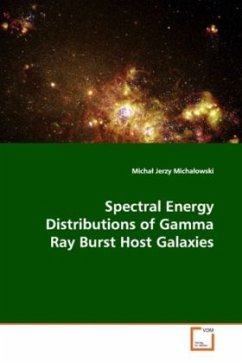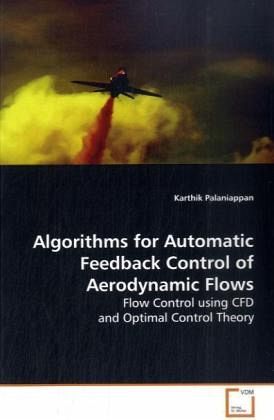
Algorithms for Automatic Feedback Control of Aerodynamic Flows
Flow Control using CFD and Optimal Control Theory
Versandkostenfrei!
Versandfertig in 6-10 Tagen
39,99 €
inkl. MwSt.

PAYBACK Punkte
20 °P sammeln!
CFD is now a mature technology and can be used as a design tool in addition to being used as an analysis tool. Shape optimization involves finding the shape (2D or 3D) that optimizes a certain performance index. Clearly, any optimum shape will be optimum only at the design point. What we need to do is to design and develop a feasible way of controlling the flow at any operating point such that the resulting performance is optimal. This work focuses on deriving algorithmic frameworks for the control of Aerodynamic Phenomena. In designing control laws, our philosophy has been to develop an algor...
CFD is now a mature technology and can be used as a
design tool in addition to being used as an analysis
tool. Shape optimization involves finding the shape
(2D or 3D) that optimizes a certain performance
index. Clearly, any optimum shape will be optimum
only at the design point. What we need to do is to
design and develop a feasible way of controlling the
flow at any operating point such that the resulting
performance is optimal. This work focuses on
deriving algorithmic frameworks for the control of
Aerodynamic Phenomena. In designing control laws,
our philosophy has been to develop an algorithmic
framework that enables treating a broad class of
control problems. This ensures that once a framework
is established, extensions to specific problems can
be done with very little effort. The application of
one such control law to the control of Flutter is
discussed in detail. Flutter is an aero-structural
instability that arises due to the adverse transfer
of energy between the airplane structure and the
surrounding fluid. This book is intended for
graduate students and professionals working in CFD
and Optimal Flow Control.
design tool in addition to being used as an analysis
tool. Shape optimization involves finding the shape
(2D or 3D) that optimizes a certain performance
index. Clearly, any optimum shape will be optimum
only at the design point. What we need to do is to
design and develop a feasible way of controlling the
flow at any operating point such that the resulting
performance is optimal. This work focuses on
deriving algorithmic frameworks for the control of
Aerodynamic Phenomena. In designing control laws,
our philosophy has been to develop an algorithmic
framework that enables treating a broad class of
control problems. This ensures that once a framework
is established, extensions to specific problems can
be done with very little effort. The application of
one such control law to the control of Flutter is
discussed in detail. Flutter is an aero-structural
instability that arises due to the adverse transfer
of energy between the airplane structure and the
surrounding fluid. This book is intended for
graduate students and professionals working in CFD
and Optimal Flow Control.



